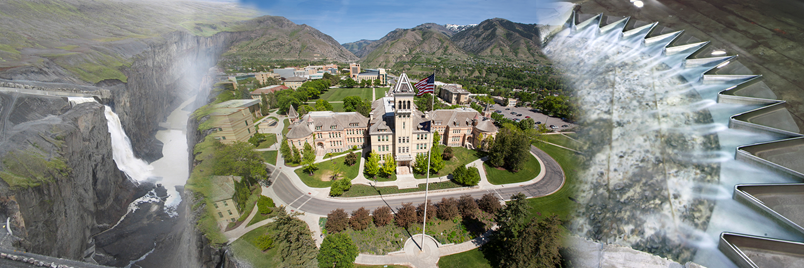Location
Utah State University, Logan, Utah, USA
Start Date
6-17-2012 12:00 AM
End Date
6-20-2012 12:00 AM
Description
ABSTRACT: Low-head dams are small structures that are built for many purposes, the most common being to impound small amounts of water for various uses. At certain flow conditions, a dangerous countercurrent, known as a roller, can form downstream of a low-head dam. This current possesses an upstream directed surface velocity that can effectively trap debris, as well as unsuspecting humans, at the downstream side of the dam. It is this current that is responsible for the deaths of many individuals that have ventured too close to these structures over the years. It is the objective of this study to identify a relationship between easily observable parameters and the roller strength that can be used as a classification system. This will be done primarily through the use of computational fluid dynamics software to simulate various flow conditions. The results of these numerical models will then be compared, and a relationship will be identified. This study is currently underway, and therefore conclusive results are not available at this time. Although, comparison of the numerical results to physical model results have been used to verify that the flow conditions being produced by the software accurately represent the physical flow conditions.
Included in
Hazards at Low-Head Dams
Utah State University, Logan, Utah, USA
ABSTRACT: Low-head dams are small structures that are built for many purposes, the most common being to impound small amounts of water for various uses. At certain flow conditions, a dangerous countercurrent, known as a roller, can form downstream of a low-head dam. This current possesses an upstream directed surface velocity that can effectively trap debris, as well as unsuspecting humans, at the downstream side of the dam. It is this current that is responsible for the deaths of many individuals that have ventured too close to these structures over the years. It is the objective of this study to identify a relationship between easily observable parameters and the roller strength that can be used as a classification system. This will be done primarily through the use of computational fluid dynamics software to simulate various flow conditions. The results of these numerical models will then be compared, and a relationship will be identified. This study is currently underway, and therefore conclusive results are not available at this time. Although, comparison of the numerical results to physical model results have been used to verify that the flow conditions being produced by the software accurately represent the physical flow conditions.


